Tata Steel Chess 2019: Carlsen wins his seventh title
Magnus Carlsen won his seventh Tata Steel Chess title after holding a draw against Anish Giri despite all of the latter's attempts to keep the game going. Peace was signed after 30 moves as Anish contented himself with the second place. There was a three-way tie for third between Ian Nepomniachtchi, Ding Liren and Vishy Anand, who had all scored 7½/13. As for Vidit Gujrathi, he finished sixth, just one spot behind Anand, with a score of 7.0/13. In the Challengers' Vladislav Kovalev took the title, winning with a staggering 1½ point margin, having beaten Stefan Kuipers in the final round. GM R Praggnanandhaa finished his run with a draw against IM Dinara Saduakassova. | Photo: Alina L'ami
Magnus Carlsen retained his top spot at the conclusion of the thirteenth and final round of Tata Steel Chess, holding Anish Giri to a draw in a 30-move long game. With this, Carlsen finished clear first scoring an unbeaten 9/13. Anish Giri was a close second at 8½ while Ian Nepomniachtchi, Ding Liren and Viswanathan Anand shared third place at 7½.
Going into the final round, only two players had remained with a chance of clinching the title – Magnus Carlsen and Anish Giri. For the latter, this was a must win situation if he was to stake his claim on the title. Magnus was half-a-point ahead of him and a draw would not have given Carlsen his seventh Tata Steel title.

“Why a must win?” Giri had asked Fiona Steil Antoni yesterday when she pointed out the tournament situation to him. “I mean you assume that I want to win the tournament for some reason,” he added, evoking laughter from the audience.
Needless to say, the Dutch number one was only kidding. In the game, he decided to test the world champ in his favourite Sicilian Sveshnikov. After the fourteenth move, the game had reached the same position as in Carlsen’s eleventh round game against Teimur Radjabov.
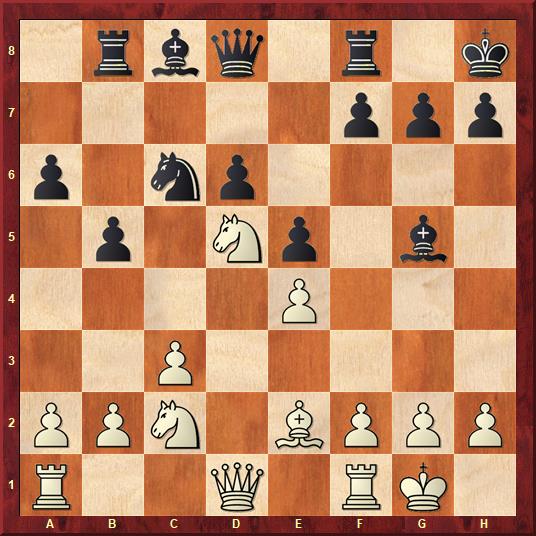
Giri deviated from Radjabov’s novelty 15.a3 and went for the more known 15.Bg4. After the game, Giri said that he wasn’t expecting Carlsen to repeat the line with 14…Kh8 since he thought Black’s bishop should not go to b7 in the position. Carlsen played 15…Bb7 anyway, though, and reached a balanced position by the 20th move.
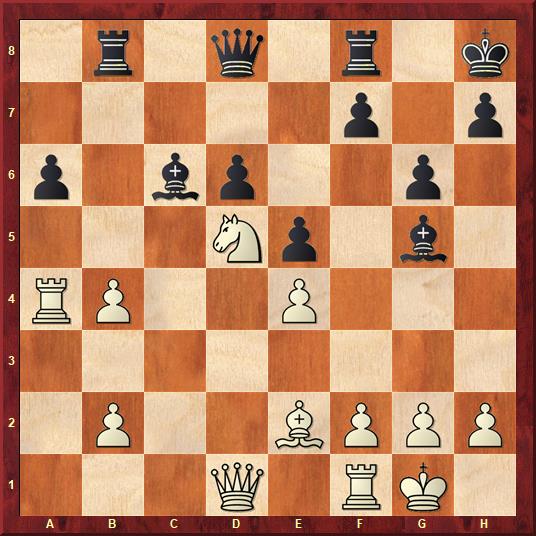
The computers evaluated the position to be equal after white gave up the exchange with 20.Rxa6 Bb5 21.Ra7 Bxf1. Giri knew this but he also knew this was a straightforward draw. And therefore, he went 20.Be2.
“He was sitting there so eager to go home that I thought: Okay, how can I keep him sitting here?” Giri said explaining his idea. While he was still worse in the resulting position, Giri said that his only hope was that Magnus would go nuts because of the prolongation of the game, since he really wanted to go home.
The round also pitted the two Indians in the fray, Viswanathan Anand and Vidit Gujrathi against each other. Vidit, who had the white pieces in the game, chose the Petroff Defence once again. In the ninth round, Gujrathi had tried the opening against Ian Nepomniachtchi but had lost the game after making some inaccuracies in the endgame.
This time, the major difference was that Anand had chosen a symmetrical structure. While the position remained balanced for the most part, Anand said he could have made the position unpleasant for his young compatriot had he seen the idea of a pawn sacrifice on the nineteenth turn in time.
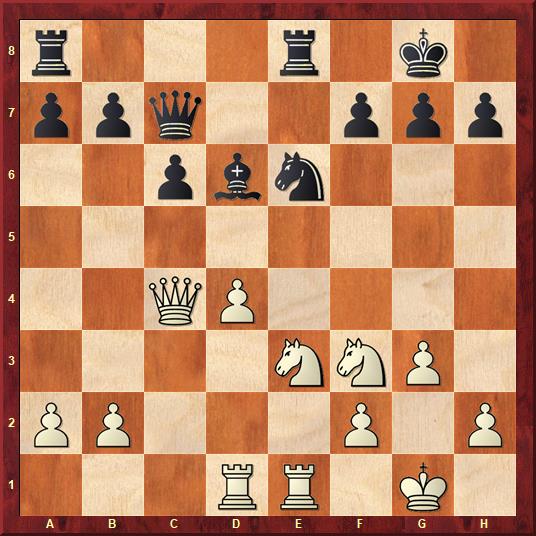
Talking to ChessBase India he said, “I was quite annoyed when I saw this idea 19.d5 cxd5 20.Qg4 just a little bit too late. I think this is very unpleasant for Black. He was also terrified that I would play it.”
Following this, Vidit doubled his rooks and exchanged a pair of knights before repeating the position to sign peace.

While most games of the round ended in draw – that included some really short ones – two games concluded decisively. GM Richard Rapport finished the tournament on a high note with his win over Jorden van Foreest in the final round.
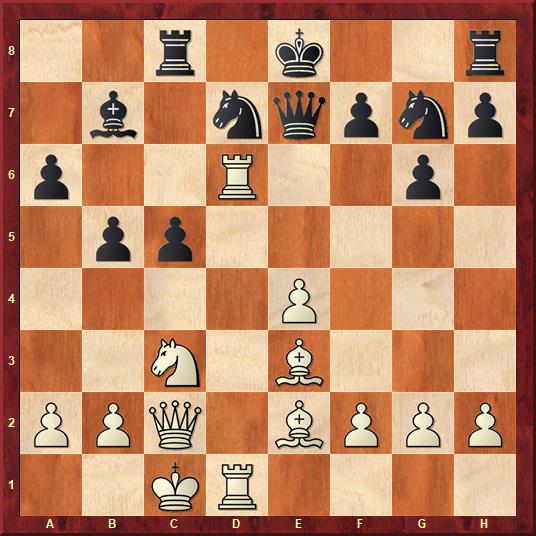
The game had gone wrong for Jorden very early. In the diagrammed position, Black went 19…Bc6? and allowed Rapport a neat finish with 20.Rxd7 Bxd7 21.Nd5. White’s threat is simply 22.Qc3 after which the g7 knight is lost. Against 21…Qe5 white has 22.Bf4 followed by Qc3 and the knight is doomed.
Vladimir Kramnik and Sam Shankland played an exciting game in the Queen’s Gambit Accepted. Following several ups and downs, Shankland, playing black, gave up a piece for three pawns, two moves before the first time control.
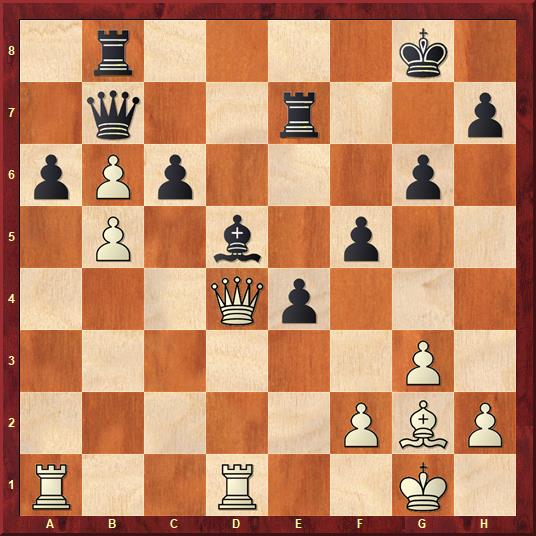
Shankland forced liquidation at this point with 38…cxb5. Kramnik took the bishop and after 39.Qxd5 Rxd5 40.Rxb6, black has three pawns for his missing piece. About nine moves later, Kramink had the opportunity to force a draw.
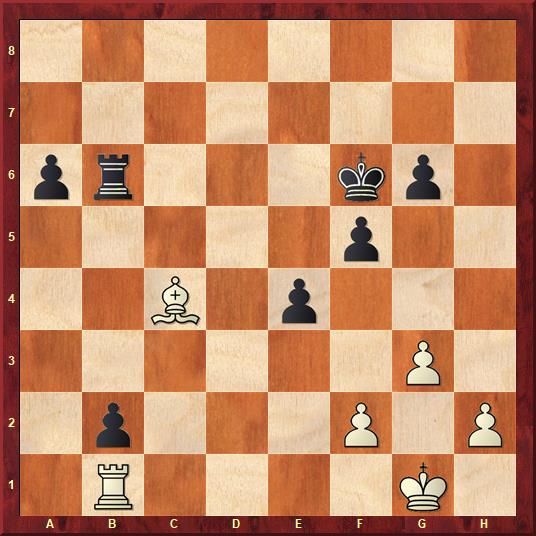
White could just return his extra piece and call it a day here with 50.Bxa6 followed by 51.Rxa2. But Kramnik [version 2.0, if you will] decided to continue the game with 50.Ba2 and went on to lose eventually.
All games
Standings
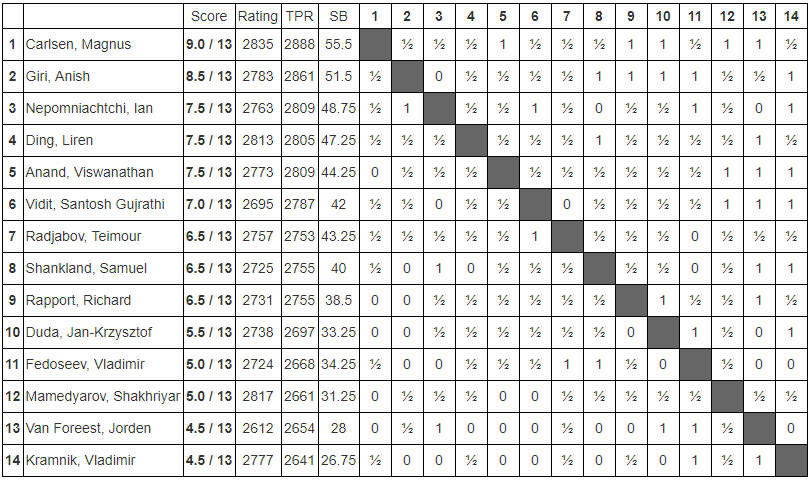
Challengers
In the challengers' group, Vladislav Kovalev won with a stunning 1½ point margin over the rest of the field. Going into the final round, he was a clear favourite to win the event. Not only was he a half point ahead of his nearest rival, he also had the white pieces against Stefan Kuipers, who had struggled with form all through the tournament.
Meanwhile, Andrey Esipenko and Maksim Chigaev, both of whom had a chance to catch up with Kovalev had he drawn, lost their games to Evgeny Bareev and Benjamin Gledura respectively. But despite their final round loss, both Chigaev and Esipenko retained their joint second spot on the leaderboard, just that they had to share it with one more player who had joined them at 8½/13, Benjamin Gledura. After the application of tiebreaks Gledura took second place, Esipenko third and Chigaev fourth.

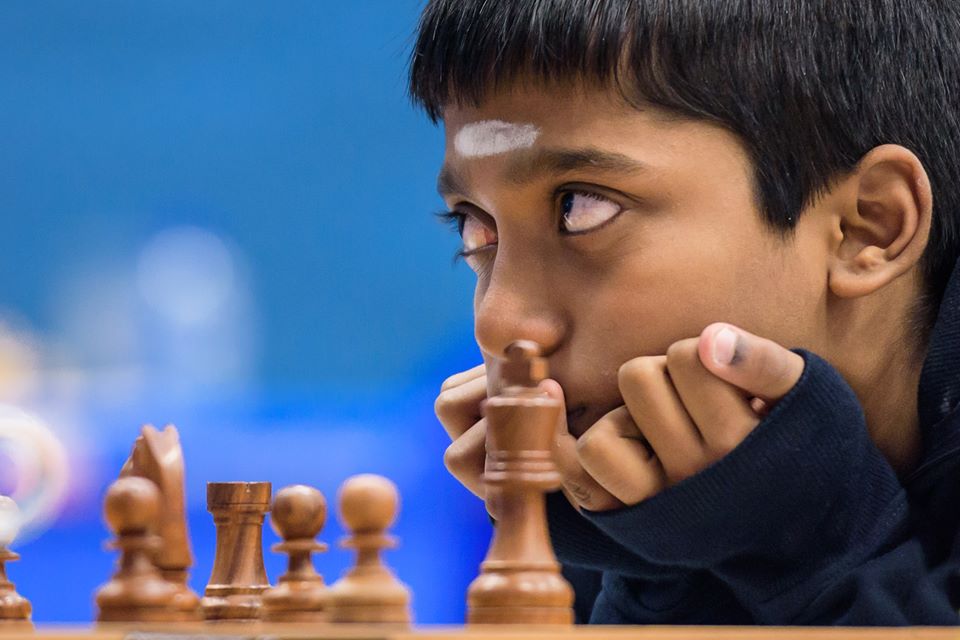
All games
Standings












